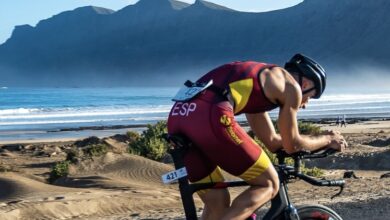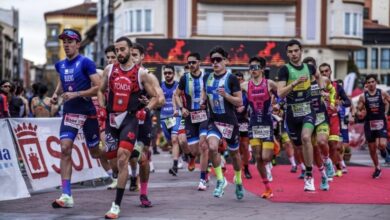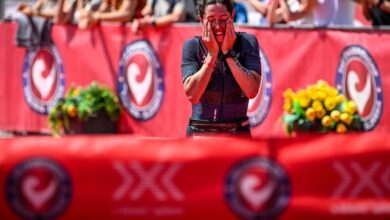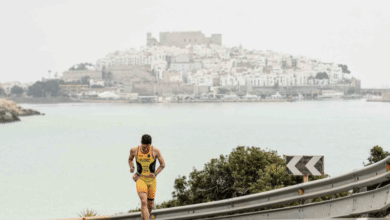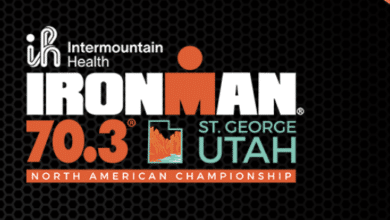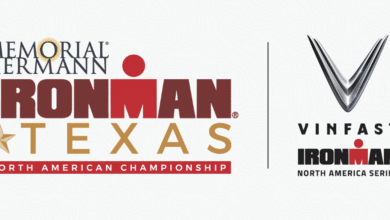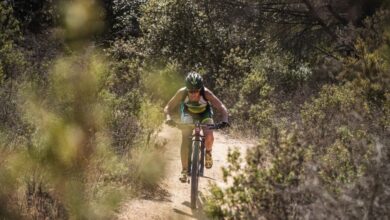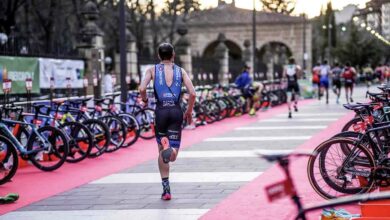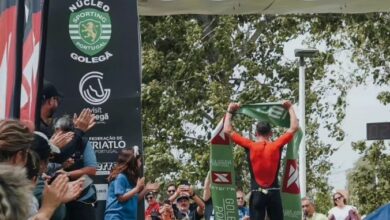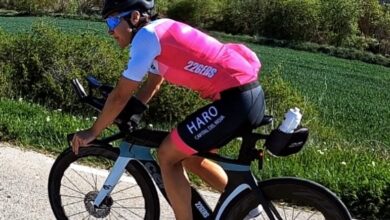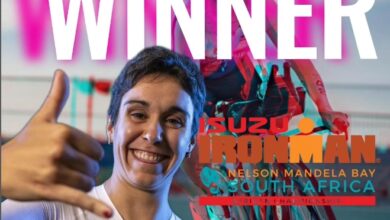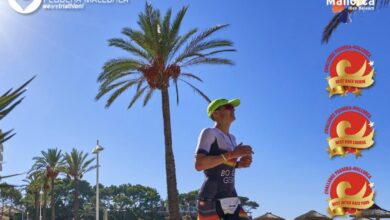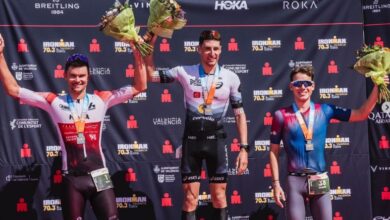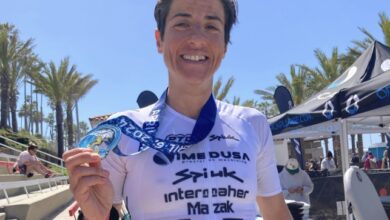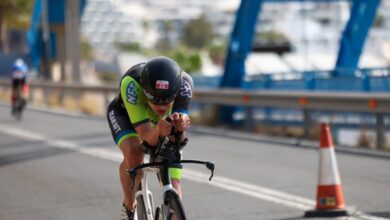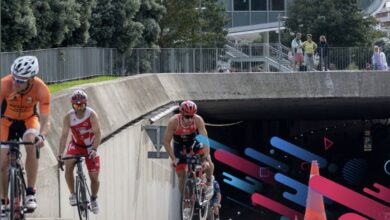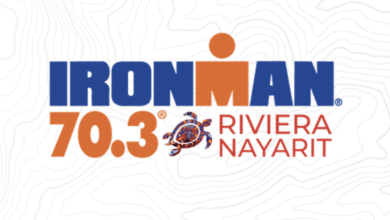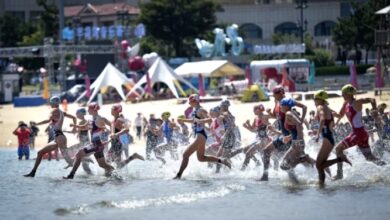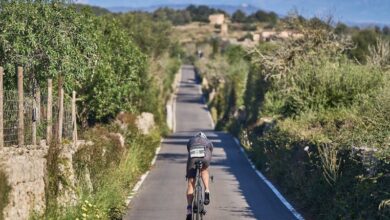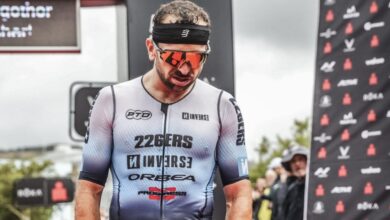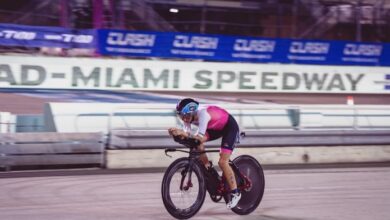Tips for training in the winter months
In winter with a colder outdoor climate, it becomes harder to train and the motivation decreases
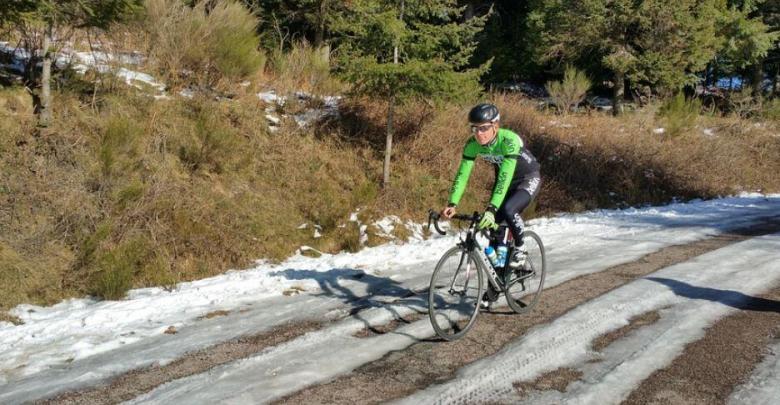
Our collaborator the Dr. Gonzalo Mora of the clinic ITRAMED, gives us in this article a series of tips to be able to train in the best way in the winter months.
In winter with a cooler outdoor climate, it becomes harder to train and also the number of races available decreases drastically so the athlete's motivation may decline.
For most triathletes the training cycle is 12 months, divided into phases (between 4 and 5 phases). The initial phase usually it starts in the winter and in this phase the main objectives they are working technique in the three disciplines (swimming, cycling and running), increase strength y Strengthen the cardiovascular system.
This way you can move to the next phase with more strength, lower risk of injury and a good base to be able to increase the speed.
If during the pre-winter season you have submitted any injury or discomfort that could lead you to have an injury do not wait to injure yourself and have to be 2 months "stopped". Betweenin time those pre-injuries (Achilles tendonitis, iliotibial band, periostitis, pubalgia, etc).
Some good winter triathlon training tips
Try to make at least one weekly race towards noon. It could be the only way to train in daylight between Monday and Friday.
When running outdoors with technical clothing that covers us, we sweat more than meets the eye. You may not be thirsty, but do not forget to stay hydrated, especially if you run for more than an hour.
Protect your hands and feet from the cold. Although it seems contradictory you must wear thin socks to go out with the bicycle. They create a gap between the toes and the shoe, which traps warm air to keep feet warm. If necessary add some covers neoprene shoes.
If you train with roller for bicycles indoors, try to leave a bicycle on the roller permanently, if possible, and with the position well configured. In that way you will avoid possible injuries for configuration errors due to the rush to start.
If you run when it's already dark, choose illuminated routes If possible, use clothes with reflectors and better still a blinking light to mark your position. I guarantee you that you will avoid accidents.
Dr. Gonzalo Mora, Specialist in Orthopedic Surgeon and Traumatology. Expert in regenerative medicine applied to sports injuries. Director of the ITRAMED clinic.
Further information: https://itramed.com/
There are no previous results.







